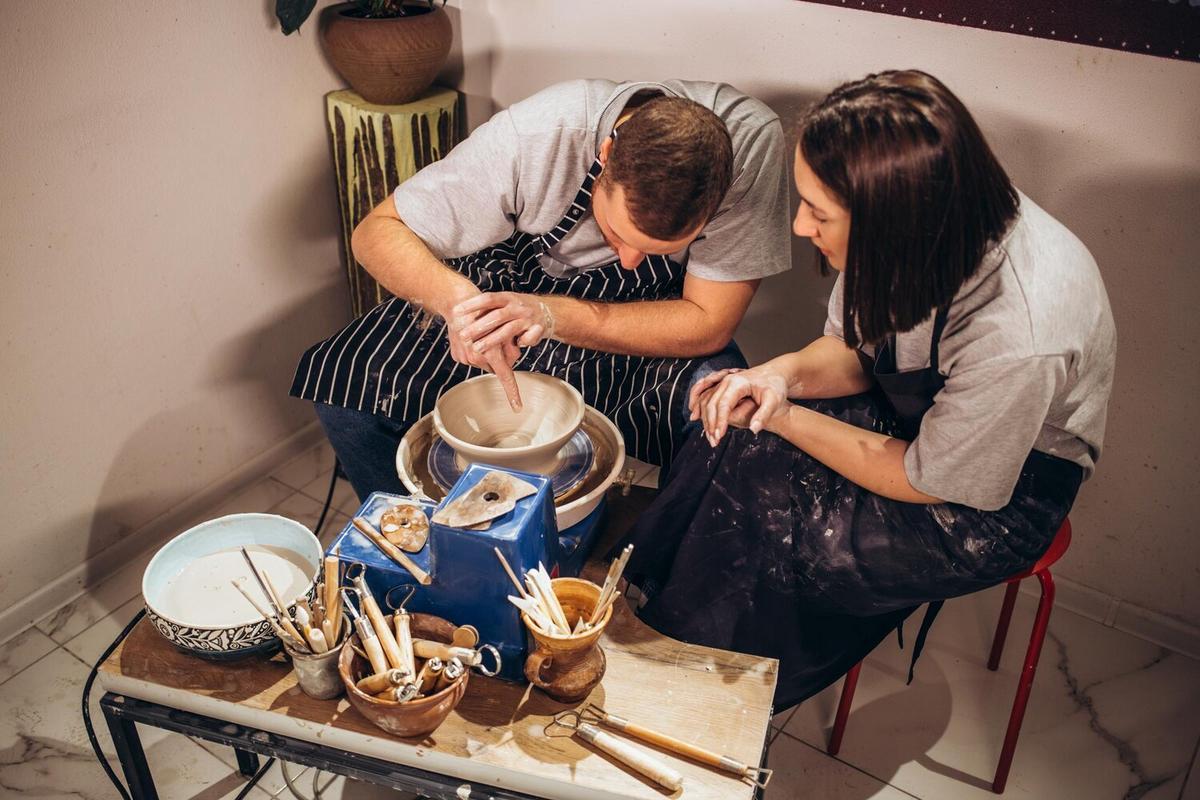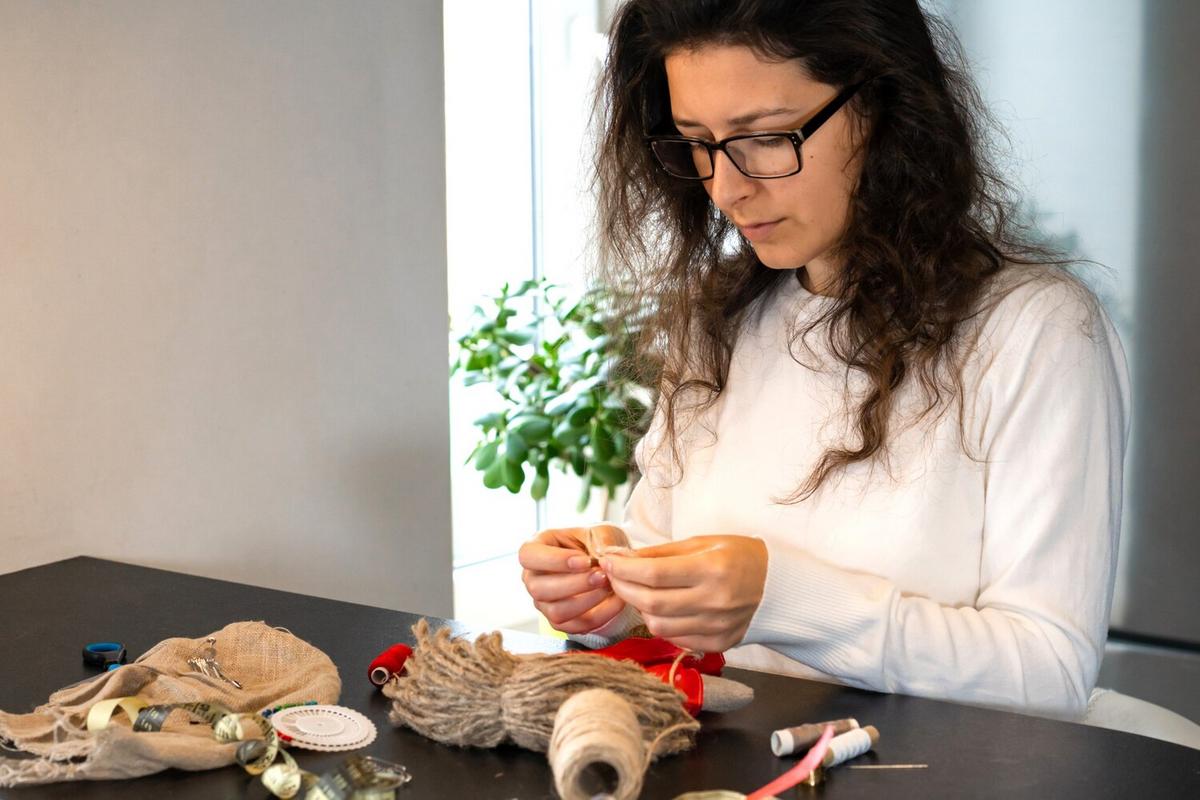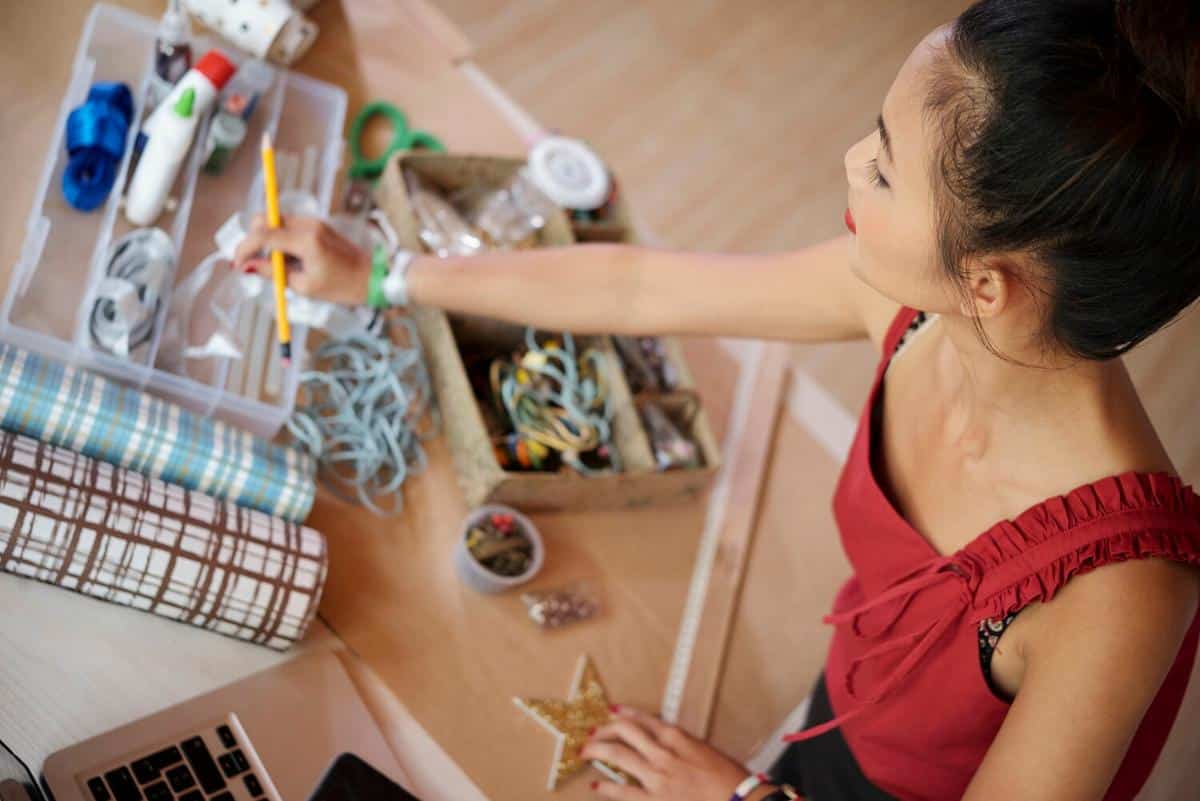Crafting pottery at home can be a rewarding and meditative hobby, offering a unique blend of creativity and practicality. Whether you’re a seasoned artist or a curious beginner, this step-by-step guide will walk you through the essentials of pottery making, helping you transform a lump of clay into a beautiful, functional piece of art.
Getting Started: Materials and Tools
To begin your pottery journey, you’ll need some basic materials and tools. These include clay, a pottery wheel (optional for hand-building), sculpting tools, and a kiln for firing the finished product. According to the American Ceramic Society, choosing the right type of clay is crucial, as it affects the texture and durability of your finished piece.
Types of Clay
| Clay Type | Characteristics | Best For |
|---|---|---|
| Earthenware | Porous and easily workable | Beginners |
| Stoneware | Durable and versatile | Functional pottery |
| Porcelain | Delicate and fine texture | Advanced techniques |
Hand-Building vs. Wheel Throwing
Pottery can be crafted through hand-building or wheel throwing. Hand-building allows for more freedom and creativity, while wheel throwing offers precision and symmetry. Each method has its own charm and can be chosen based on personal preference and skill level.
Step-by-Step Guide
- Preparation: Start by kneading your clay to remove air bubbles, ensuring a smooth texture.
- Forming: Use either hand-building techniques like pinching, coiling, and slab building, or wheel throwing to shape your pottery.
- Refining: Once formed, use sculpting tools to refine the shape and add details.
- Drying: Allow your piece to dry slowly to prevent cracking.
- Bisque Firing: Fire your pottery in a kiln at a low temperature to harden it.
- Glazing: Apply glaze to add color and texture, then fire again at a higher temperature.
Common Challenges
Every potter encounters challenges, from cracks during drying to glaze imperfections. Patience and practice are key, as well as learning from each attempt.
Frequently Asked Questions
How long does it take to learn pottery?
The time it takes to learn pottery varies. Some basics can be picked up in a few weeks, but mastering the craft can take years.
Can I make pottery without a kiln?
While a kiln is ideal for durable pottery, some air-dry clays can be used for decorative pieces without firing.
Conclusion
In conclusion, crafting pottery at home is a fulfilling hobby that combines artistry and skill. By following this guide, you can create beautiful pieces that reflect your personal style. Embrace the process, be patient, and most importantly, enjoy the creative journey!
For more resources on pottery techniques and community support, consider visiting online forums or local pottery classes. Happy crafting!




Leave a Reply